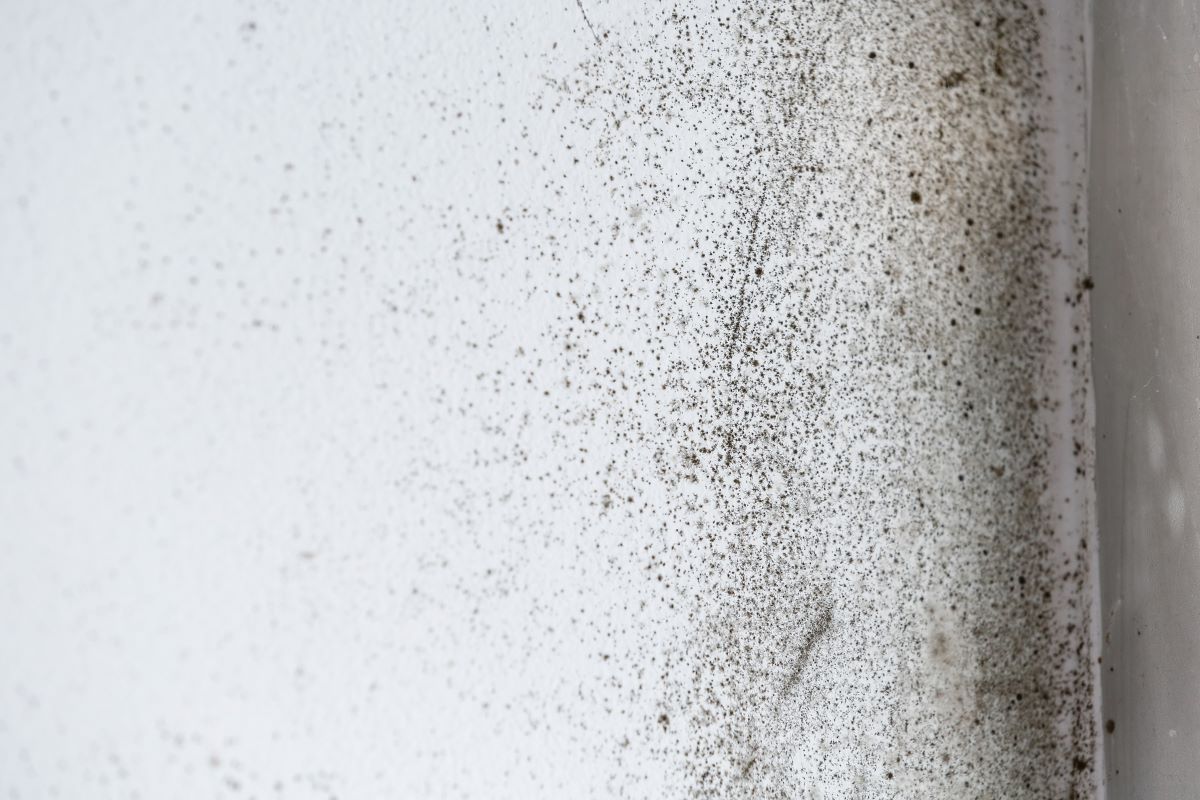By TJ Grim, Ready 2 Respond Assessor
Mold growth is a persistent and costly threat to facilities, especially following water damage. It can severely impact indoor air quality, causing adverse health effects such as headaches, breathing problems, and aggravated asthma symptoms. Beyond these health risks, mold can inflict significant structural damage to buildings.
Dynamics of Mold Growth
Airborne mold spores need a proper "home" to reproduce. That location must provide: organic materials, water, preferably darkness (however mold can and does grow in lighted areas), and an acceptable temperature.
The U.S. Environmental Protection Agency (EPA) warns that mold spores can begin to spread within 48 hours after a water damage event – including everyday leaks or flooding– when conditions are right.
Virtually any organic material in a building can serve as “food” for mold– including wood, drywall, carpet, textiles, insulation, and ceiling tiles. These materials are especially susceptible to mold growth when exposed to moisture.
Of the factors contributing to mold growth, water (moisture content) is the one that you can best control to limit the risk of mold growth. Mold thrives in environments with high humidity, which is most often caused by leaks, floods, condensation, and/or poor ventilation.
Detection & Prevention
Addressing underlying moisture and humidity issues can help prevent mold before visible signs, such as water stains or a musty odor, appear – indicating spread of spores, potential damage, and added health risk.
Control Moisture
The EPA advises that relative humidity should be kept below 60%, and ideally between 30% and 50%, to inhibit mold growth. Regularly evaluate indoor humidity levels throughout buildings and add portable dehumidifiers to lower humidity after leaks and flooding (as part of the drying process) and during summer months. Basements are especially prone to dampness and high humidity levels, and excess moisture from minor leaks and storm surges can often go undetected due to lower foot traffic.
Dry Promptly
To prevent conditions that foster mold growth following leaks and flooding, it is critical to act quickly:
- Remove standing water thoroughly using a flood extractor designed for water damage restoration, such as the Dri-Eaz HVE 3000 Extractor (NOT a shop vac).
- Use moisture meters to determine moisture content of affected materials and determine where moisture has spread throughout carpets, ceilings, and walls. Continue monitoring throughout the process.
- Place portable dehumidifiers, airmovers, and air scrubbers appropriate to the size of the affected space.
- Continue monitoring drying progress until it meets the "dry standard" - i.e., as dry as similar materials in nearby unaffected areas, and continue monitoring indoor humidity.
The Ready 2 Respond program provides training to prepare your facilities team to act quickly to remove excess water and dry damp areas efficiently, thus helping prevent mold growth.
Whether it’s a leak, flood or excess humidity, managing indoor moisture is key to controlling mold growth. Monitor humidity levels, dry immediately after water damage, and employ dehumidifiers and other drying equipment to keep indoor environments safe, healthy, and free from mold-related damage.
Have additional questions? Contact one of our experts at ready2respond@r2rprogram.com or 888-28-5401.

Share:
What is a ‘Dry Standard’ and Why Does it Matter?
Four Essential Questions to Guide Water Damage Response